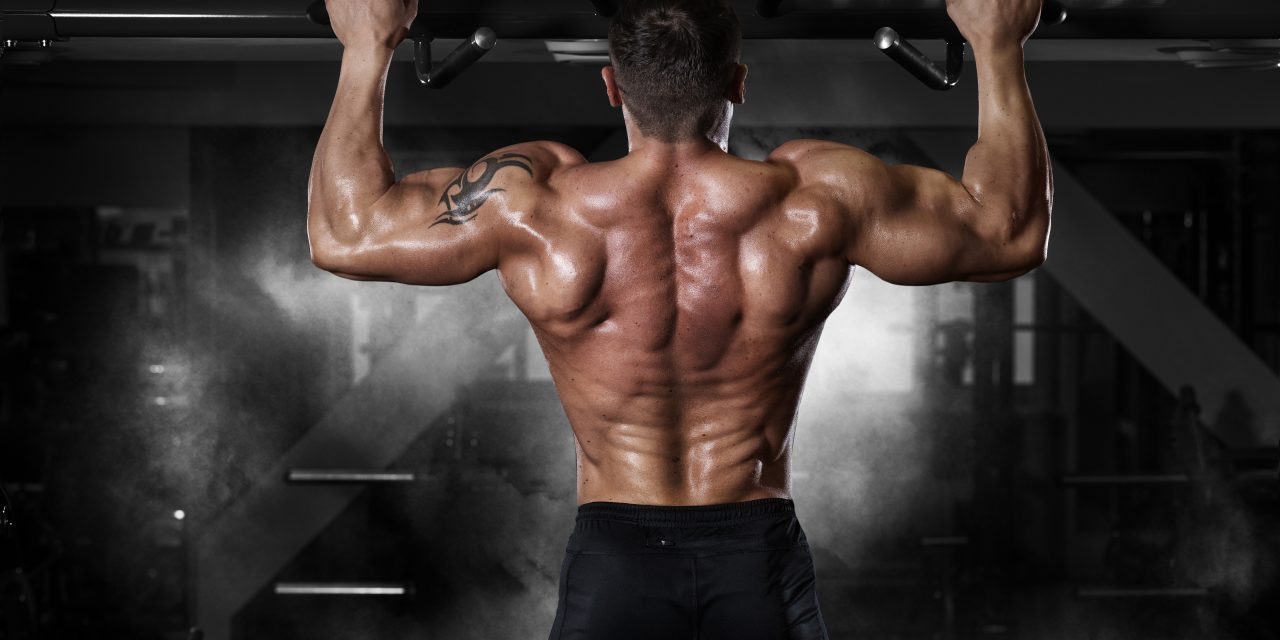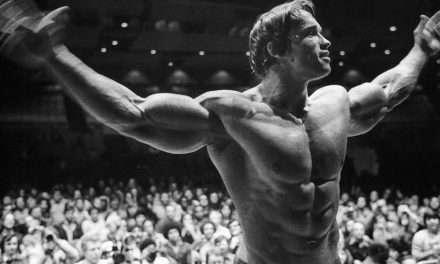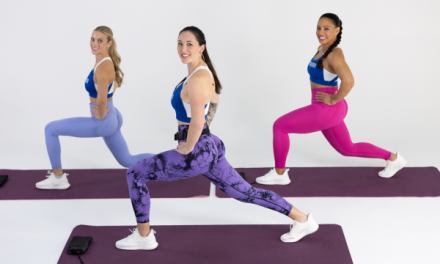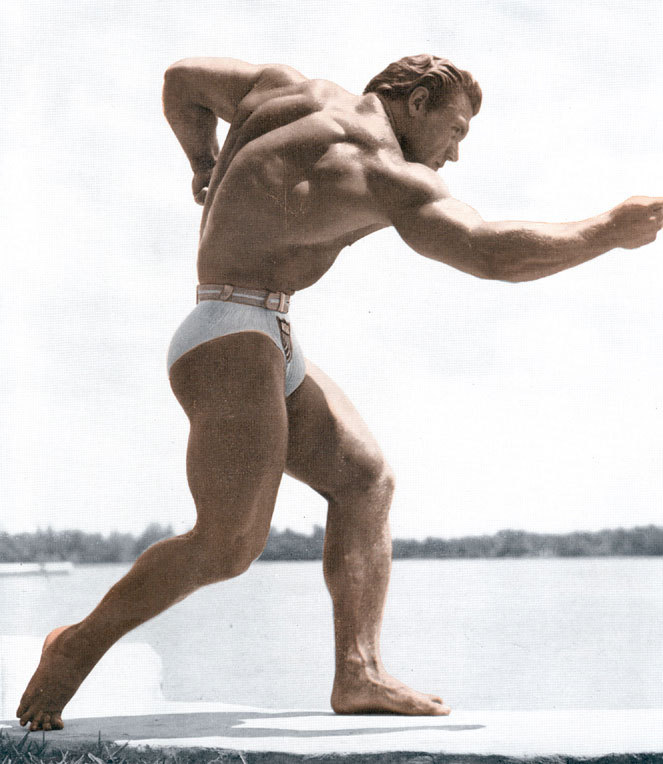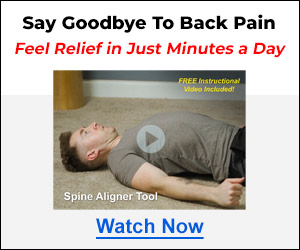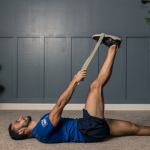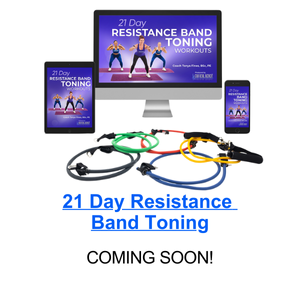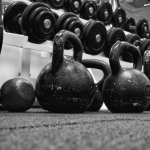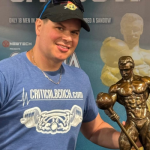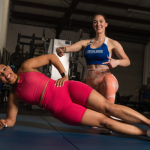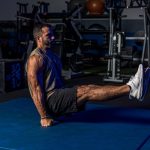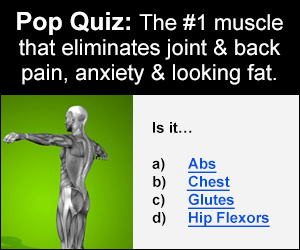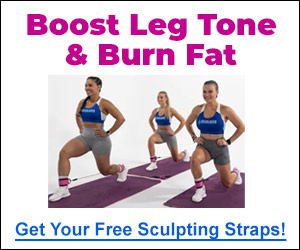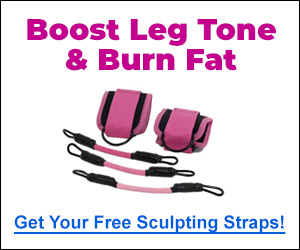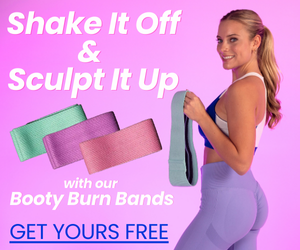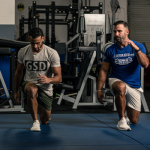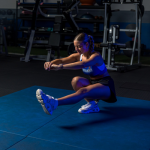If building muscle and getting ripped is your goal BUT you don’t have access to a gym, you prefer to workout at home or you just prefer to do body weight only exercises, you’re in luck.
But let me be clear, building muscle is simple, it’s just not easy as they say. Simple meaning you A. need to workout consistently, B. eat a healthy, high protein diet and C. get some quality Zzzz’s every night.
In theory, if A, B and C are dialed in, you’re going to see some terrific results. But as I said, simple, just not easy.
So let me make this as “easy” as possible for you and focus only on building a better back.
Guys in particular hold a significant amount of fat in their back (especially after they hit 30) yet the back can be the most aesthetically pleasing part of the human body. Think of all the musculature in the back and how amazing it is to see definition in a man or woman.
A sculpted defined back usually translates to everything looking better and giving you that tapered look so many elite athletes have and top level physique competitors strive for.

The question then becomes: Is there any way to build the strong, muscular back you envision without weights?
Well, there is one routine in particular that I can think of that will help you get into excellent shape using just bodyweight only exercises to help you get leaned and strong with developed back muscles.
Several years ago a Dr. Frank I. Katch and his brother Victor (both of whom hold EdD, and PhD in exercise science and physical education respectively) developed a unique formula as it applies to bodyweight only exercises.
The formula is based on the Exercise / Rest principle and it goes something like this:
As a starting point you must pick out a non-apparatus exercise(s) such as the bodyweight Pull-up. I’ve chosen the pull up because it’s a compound movement targeting a large number of muscles and joints at once and is super beneficial for all people in life.
Note: You can also do this with Push-ups, Dips, Deep Squats, Pistol Squats, Sissy Squats, and Hand Stand Push-ups to name a few more bodyweight only exercises that target a large number of muscles at once.
STAGE I
Using the Pull-up as an example, begin by performing these exercise for as many ultra-strict repetitions as possible within a 10 second time frame. Now rest for exactly I0 seconds; after the 10 second rest, immediately begin to perform some more Pull-ups for I0 seconds, then take another 10-second rest. Continue this pattern of I0 seconds of exercise followed by 10 seconds of rest for 9 more complete cycles, for a total of 10. On each of the succeeding five days you increase the number of cycles by two.
STAGE 2
This stage, as well as stages 3, 4, and 5, consists of 6 workout days and begins with 10 cycles of work and rest, increasing to 20 cycles by day six. The noted difference in this stage and the stages to follow are varying degrees of rest between each cycle. Within this stage (2) you will perform 15 seconds of exercise and take 10 seconds of rest per cycle,
STAGE 3
At this stage you switch to 20 seconds of exercise and take 10 seconds of rest per cycle.
STAGE 4
Now you do 30 seconds of exercise and take 10 seconds of rest per cycle.
STAGE 5
In the last stage you do 30 seconds of exercise and take 5 seconds of rest per cycle.
To summarize, here are the steps for successfully completing the FIVE stages of the exercise/rest principle.
- Each individual stage (I-5) consists of 6 non-consecutive workout days in a two-week time frame. The workouts could be performed on a Monday, Wednesday, Friday. Rest days include: Tuesday, Thursday, Saturday and Sunday.
- Begin each new stage on Day 1 by doing a minimum of I0 nonstop sequences of the exercise/rest principle, then on each scheduled workout day thereafter be sure to add 2 nonstop sequences (as in the detailed stage 1 example).
- Always do as many ultra-strict repetitions as possible during the work phase.
Follow the Exercise/Rest Formula as described and you discover a renewed interest in performing Bodyweight Only exercises especially as it applies to Pull-ups and the development of the musculature of your back.
If you get GREAT at doing pull-ups applying the Exercise/Rest principle, here is a Challenge for you!

